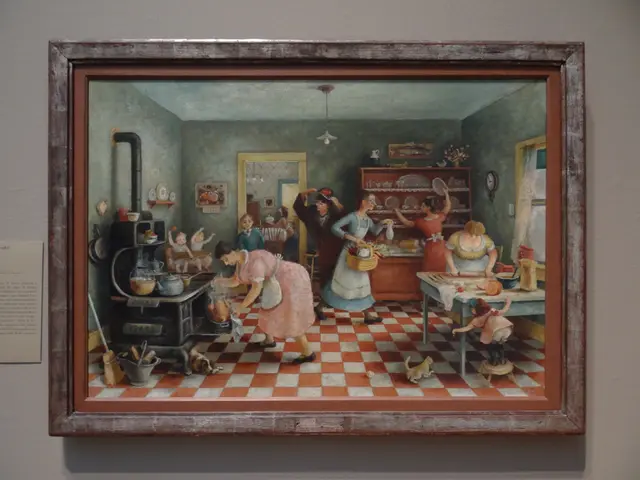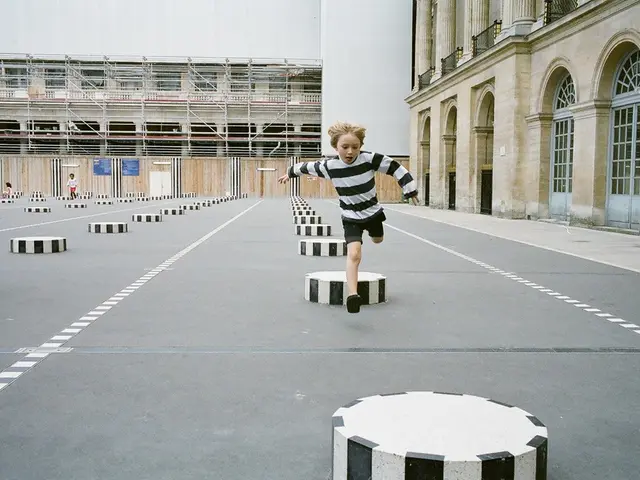Understanding Stream-of-Consciousness Writing: Examples and Guidelines
Stream-of-consciousness writing has been a significant method of expressing thoughts without inhibition, gaining popularity among writers in the early 19th century. Pioneering authors such as Leo Tolstoy, Edgar Allen Poe, Samuel Beckett, and Virginia Woolf adopted this technique, which continues to influence contemporary literature.
Its origins, however, lie not in literature but in psychology, where the term was first used by psychologists Alexander Bain and William James in the late 19th century. It originated from the exploration of human thought processes, a concept that lies at the core of stream-of-consciousness writing.
One might wonder why this style is beneficial for writers. Stream-of-consciousness writing allows authors to delve deeper into a character's psyche, providing readers with a more authentic portrayal of the character's inner world. Rather than relying strictly on physical descriptions and dialogue, writers are able to illustrate a character's thoughts as they experience various situations. By offering this more intimate glimpse into their characters, writers help readers better understand and relate to them.
As Humphrey argued in 1958, "the attempt to create human consciousness in fiction is a modern attempt to analyze human nature" (pg. 6). This perspective emphasizes the importance of accurately depicting a character's thoughts to an audience.
Stream-of-consciousness writing shares similarities with techniques used in psychology and therapy, such as free association and fragmentation. Free association is a technique in psychoanalysis developed by Sigmund Freud, where a subject begins speaking about whatever comes to mind without censorship. In writing, this means delving into a character's thoughts at a particular point in the story, exploring their feelings and memories from that moment.
Fragmentation is another technique often used to mirror the human thought process, as thoughts often dart from one to another without much cohesion. By jumbling the order of events, writers can create disjointed narratives that mirror the way thoughts naturally flow. Examples of fragmented narratives include flashbacks, flash-forwards, and parallel universes.
Interior monologues, on the other hand, while related to stream-of-consciousness writing, are more structured and linear in nature. famous examples of stream-of-consciousness writing include James Joyce's "Ulysses" and Virginia Woolf's "Mrs. Dalloway." Each author employs the technique to create a more intimate understanding of their characters' thoughts and feelings.
For writers seeking to incorporate stream-of-consciousness techniques into their own work, free association exercises can be helpful. By using different writing prompts and relaxing the mind, writers can allow their thoughts to flow naturally, without censoring themselves.
Experimenting with syntax and punctuation can also help reflect a character's thought process. grammatical structure often becomes loose or nonexistent in stream-of-consciousness writing, with jumbled sentences and repetitive thoughts.
After completing a stream-of-consciousness writing session, it's important for writers to take time to reflect on their work and gain a deeper understanding of their thought processes. This self-reflection can help guide writers towards their larger writing goals.
In conclusion, stream-of-consciousness writing offers a unique opportunity for authors to delve into their characters' thought processes and create a more authentic, realistic portrayal of those characters. By employing techniques such as free association and fragmentation, writers can create engaging, impactful narratives that resonate with readers.
Engaging in free association exercises can aid writers in incorporating stream-of-consciousness techniques, as it encourages a natural flow of thoughts, which is similar to the home-and-garden practice of letting plants grow unhindered. Moreover, the use of loose syntax and punctuation in stream-of-consciousness writing is analogous to the education-and-self-development pursuit of breaking away from traditional norms to foster a unique, personal style.








